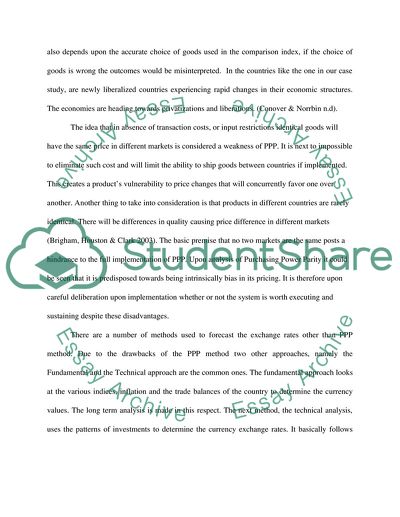Cite this document
(Treasury, Foreign Exchange and Trade Finance Research Paper, n.d.)
Treasury, Foreign Exchange and Trade Finance Research Paper. Retrieved from https://studentshare.org/finance-accounting/1738296-treasury-foreign-exchange-and-trade-finance
Treasury, Foreign Exchange and Trade Finance Research Paper. Retrieved from https://studentshare.org/finance-accounting/1738296-treasury-foreign-exchange-and-trade-finance
(Treasury, Foreign Exchange and Trade Finance Research Paper)
Treasury, Foreign Exchange and Trade Finance Research Paper. https://studentshare.org/finance-accounting/1738296-treasury-foreign-exchange-and-trade-finance.
Treasury, Foreign Exchange and Trade Finance Research Paper. https://studentshare.org/finance-accounting/1738296-treasury-foreign-exchange-and-trade-finance.
“Treasury, Foreign Exchange and Trade Finance Research Paper”, n.d. https://studentshare.org/finance-accounting/1738296-treasury-foreign-exchange-and-trade-finance.


